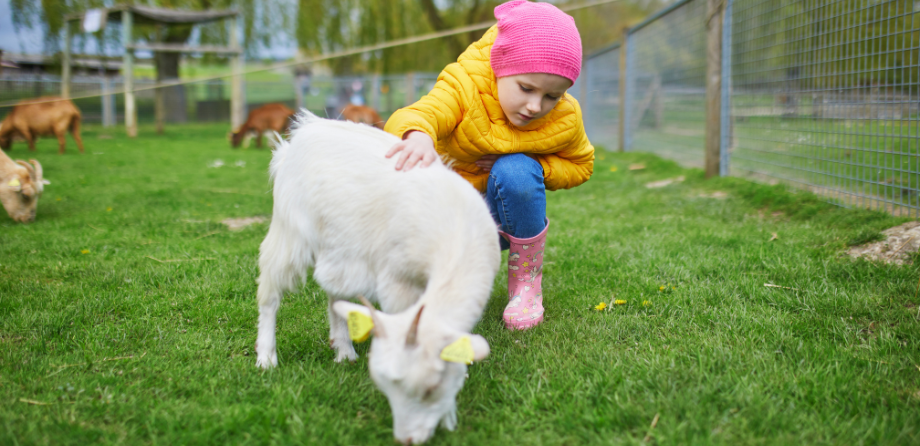
Top tips: Nursery Pets – Health and Safety
Considering the needs of others is one of the building blocks of empathy and pets in a nursery setting can enable children to learn about caring for others while helping them to talk about their feelings and emotions.
Pets in a setting are a big responsibility and providers should carefully consider all the extra responsibilities prior to bringing a pet into their environment. Read our top tips below to help you when making a decision about adding a pet to your nursery family.
Top tips for nursery pets health and safety
- Care: Carefully consider the amount of care the pet will need, thinking especially about weekends and holidays if you’re in a term time-only setting and who will take responsibility for ensuring the animal receives the care it needs when the setting is not open. Identify a team of volunteers, if possible, so you can cover staff holidays and absences. Identify how and who will teach children about caring for the animal, for example, how they should hold the animal, when they should not pet the animal, for example, when not to stroke or cuddle a dog
- Exercise: Consider whether the pet will need regular exercise, how much and who will be responsible for exercising the pet, for example, a nursery dog will need regular walks during the day
- Cleaning: A caged pet will need regular cleaning, so plan when this will be done and who will be responsible for the cleaning. Decide whether children be involved and if so, what safety measures you might need to take. Ensure you create a risk assessment if children are involved to minimise risks of allergic reactions, access to cleaning chemicals etc.
- Insurance: Consider whether you need to take insurance out for your pet, to help with check-ups, accidents and illnesses
- Vets: Consider the time need for check-ups and vaccinations along with the cost of any vet visits and how these fit into your annual budget. Think about how your pet will be transported and who will take the pet to the vet
- Regulatory inspections: Remember that inspectors will check that pets are up to date with their vaccinations and registered with a local vet
- Consulting with others: It is good practice, of course, to consult not just with your team but with your children and their families, ideally involving them at the start of the process and gathering views before you make decisions on which pet to add to your nursery family
- Babies: If you’re getting more than one pet, check their sexes (ensuring they are the same sex) to ensure you don’t end up with more pets than you bargained for. If you are purchasing a female, do make sure it isn’t pregnant when you buy it
- Policy: If you do decide to keep a pet, create an Animal health and safety policy. See our template policies to help you
- Consult the Blue Cross who can offer advice and resources to support you in considering all a pet’s needs in your setting: Blue Cross.
NDNA products to help you with this tip
For further advice on considerations for bringing animals and pets into nursery and ideas on ‘Having animals, without having animals!’ see our blog:
Animals and Pets at Nursery – Blog
Disclaimer: Activities with children must always be risk assessed, including for allergies or choking. Children must always have adequate supervision. Resources and materials must always be
- MyNDNA
- Tips
Similar Articles
Top Tips for Inclusive Christmas Celebrations

Early years activity: Comparing natural objects


